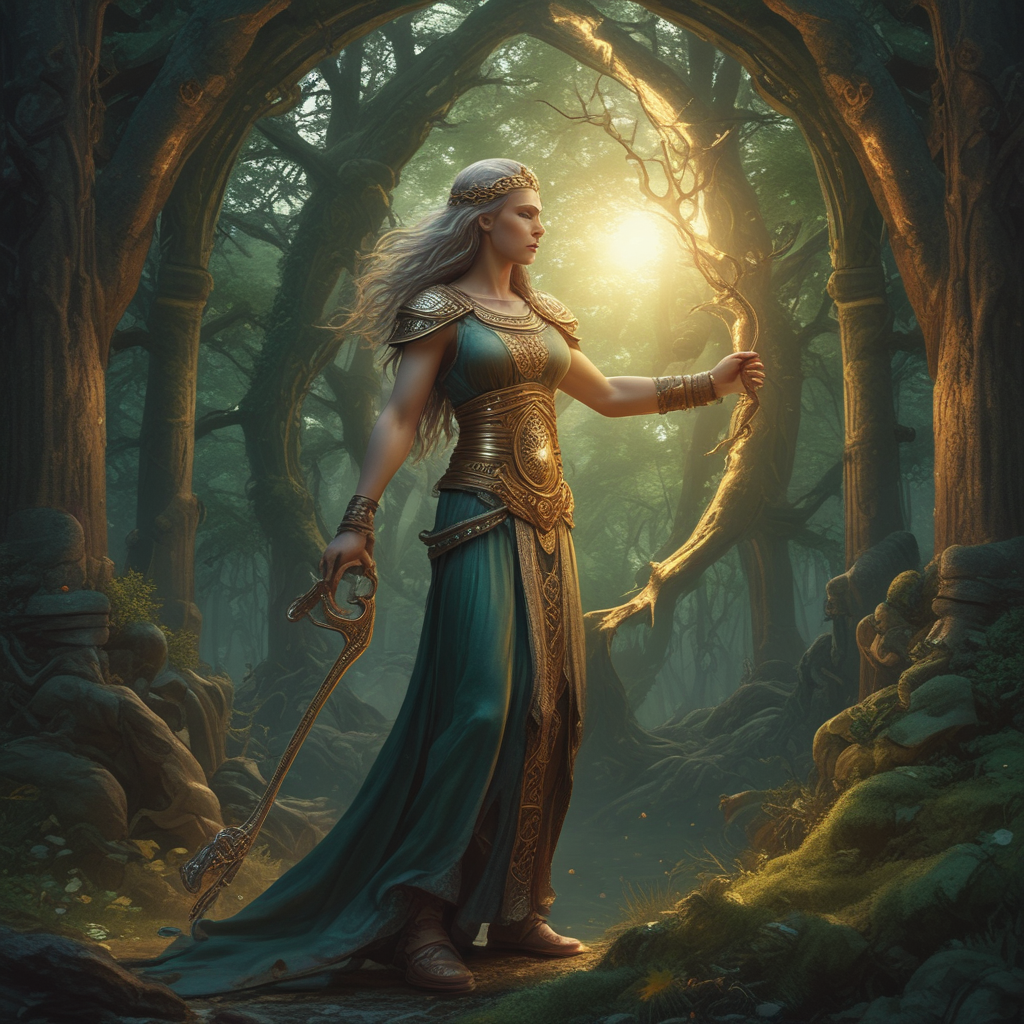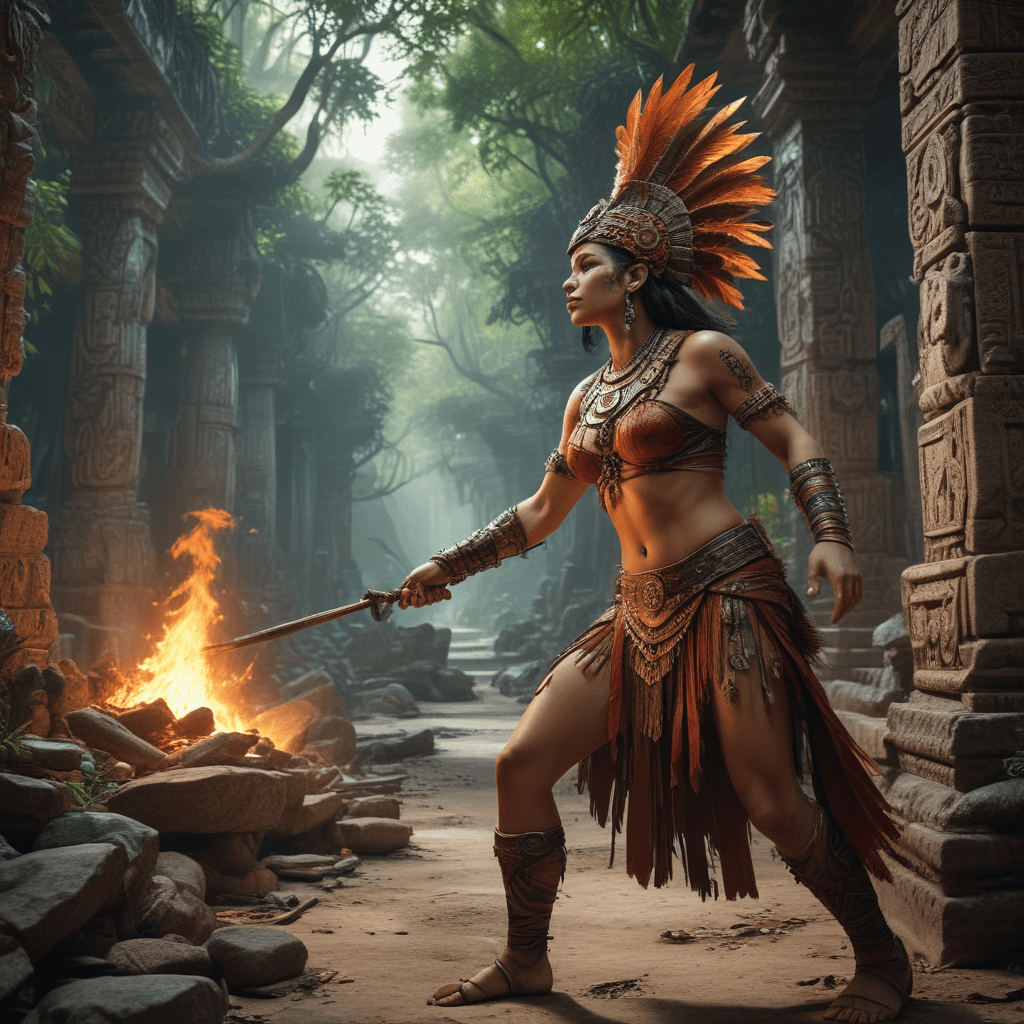Exploring the Concept of Transformation in Celtic Mythology
In Celtic mythology, transformation is a prevalent motif that reflects the mystical and magical aspects of the ancient Celtic belief system. The tales and legends of the Celts are filled with stories of shape-shifting beings, magical transitions, and profound changes, symbolizing rebirth, growth, and evolution.
The significance of Transformation in Celtic Mythology
Transformation holds profound symbolism in Celtic mythology, representing the cyclical nature of life, death, and rebirth. The Celts believed in interconnectedness with nature and the spiritual world, viewing transformation as a powerful force that signifies renewal, regeneration, and the eternal cycles of existence.
Shape-Shifting and Metamorphosis
One of the most intriguing aspects of transformation in Celtic mythology is the concept of shape-shifting and metamorphosis. Celtic legends often feature beings such as druids, witches, and faeries who possess the ability to change their physical form, shifting between human, animal, and elemental manifestations.
Themes of Transformation in Celtic Mythological Stories
Throughout Celtic mythology, various themes of transformation emerge, showcasing the diverse facets of this mystical concept. Stories of gods and goddesses taking on different forms, mortals undergoing trials to attain powerful shapes, and creatures navigating between realms depict the interconnectedness of all beings with the transformative energies of the universe.
In conclusion, the concept of transformation in Celtic mythology embodies the essence of change, growth, and spiritual evolution. It serves as a reminder of the interconnectedness of all life forms and the eternal cycles of nature. By delving into the rich tapestry of Celtic folklore, we can gain a deeper understanding of ourselves, the world around us, and the mysteries of existence.
FAQs about Exploring the Concept of Transformation in Celtic Mythology
What is transformation in Celtic mythology?
In Celtic mythology, transformation refers to the ability of beings, often gods or mythical creatures, to change their form. This concept is central to many Celtic myths, where characters shift shapes to achieve a specific goal or demonstrate their power.
How does transformation manifest in Celtic legends?
Transformation in Celtic legends can take various forms, such as shapeshifting into animals like birds or wolves, altering appearances, or even merging with nature elements like trees or rivers. These transformations often symbolize rebirth, power, or the connection between different realms.
What are some famous examples of transformation in Celtic mythology?
One well-known example is the Morrigan, a goddess who can transform into a crow or raven. Additionally, the legend of the selkies, creatures shifting between human and seal forms, embodies the theme of transformation in Celtic folklore.




